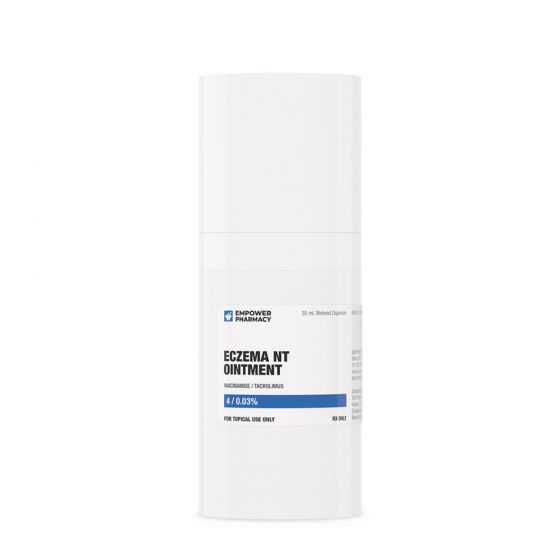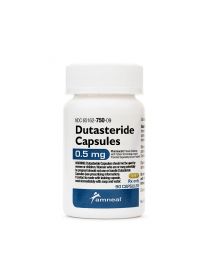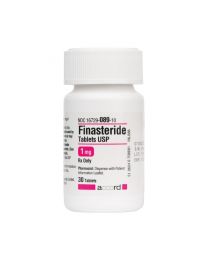- Home
- About
-
- < Products
-
- < By Brand
- Alastin Skincare
- AMP medical
- Biopelle
- CALECIM®
- CareFirst Specialty Pharmacy
- CLn Skin Care
- CO2Lift
- EltaMD
- Empower Pharmacy
- Glowbiotics
- Hillcrest Pharmacy
- HydroPeptide
- ISDIN
- Jan Marini
- Latisse
- MMSkincare
- Neocutis
- Nutrafol
- Obagi
- PCA Skin
- PHOTOZYME
- Qyksonic
- Revision Skincare
- Sente
- skinbetter science
- SkinCeuticals
- SkinMedica
- Upneeq
- VANIQA®
- Virtue Labs
-
- < By Product Type
- Acne Scarring
- Acne Treatments
- Anti-Aging
- Bath and Body
- Brightening
- Cleansers
- Eye Treatments
- Exfoliants
- Hair Care
- Hair Regrowth
- Hand Treatments
- Injectable
- Kits
- Lip Treatments
- Masks
- Moisturizers
- Neck Treatments
- Redness & Rosacea
- Retinoids & Exfoliants
- Scarring & Post-Procedure
- Thin Lashes
- Serums
- Skin Rejuvenation & Antioxidants
- Dietary Supplements
- Toners
- Sun Protection
- Contact Us
- Sign In
- Sign Up
Niacinamide
Dietary requirements for niacin can be met by the ingestion of either nicotinic acid or nicotinamide; as vitamins, both have identical biochemical functions.
Tacrolimus
Tacrolimus induces immunosuppression by inhibiting the first phase of T-cell activation.
$123.50
Niacinamide
Niacin (nicotinic acid or 3-pyridine carboxylic acid) is a B-complex vitamin. Good dietary sources of niacin are animal proteins, beans, green vegetables, liver, mushrooms, peanuts, whole wheat, and unpolished rice. Niacin is also present in cereal grains but is largely bound to plant proteins, and thus is poorly absorbed after ingestion. Niacin is one of the substances used in the enrichment of refined flour, and our dietary intake of pre-formed niacin comes primarily from enriched grains. However, the body's niacin requirement is also met by the biosynthesis of niacin from tryptophan, an amino acid. For example, milk and eggs do not contain niacin, but do contain large amounts of tryptophan from which niacin is derived. Each 60 mg of excess tryptophan (after protein synthesis) is converted to approximately 1 mg of niacin. Synthesis of the vitamin from tryptophan in proteins supplies roughly half the niacin requirement in man. Iron deficiency or inadequate pyridoxine or riboflavin status will decrease the conversion of tryptophan to niacin and may contribute to deficiency, due to interdependence of coenzymes in the niacin production pathway. A late and serious manifestation of niacin deficiency is pellagra, a clinical symptom complex principally affecting the GI tract, skin, and CNS, producing symptoms of diarrhea, dermatitis, and dementia, respectively. Pellagra may result from niacin- and protein-deficient diet, isoniazid therapy, or certain diseases that result in poor utilization of tryptophan. Pellagra was the only vitamin-deficiency disease to ever reach epidemic proportions in the US; pellagra is rare today in industrialized countries due to the enrichment of refined flours.
Several synonyms for niacin and niacinamide exist. Synthetic niacin could be produced by the oxidation of nicotine, and the term 'nicotinic acid' evolved. Scientists also coined the terms 'nicotinamide' and 'niacinamide' for the amide form of nicotinic acid. The term 'niacin' has been used generically since the 1940s to label foods and to avoid the association of the vitamins with the nicotine alkaloid from tobacco. Thus the name 'niacin' has been used to denote both chemical forms, which are equivalent to vitamins on a weight basis. Both nicotinic acid and nicotinamide are synthesized for inclusion in nutritional supplements. However, since nicotinic acid and nicotinamide have different pharmacologic properties outside of their use as vitamins, it is important to distinguish between the two forms in pharmaceutical products.
In clinical medicine, nicotinic acid is used as an antilipemic, but nicotinamide (niacinamide) is not effective for this purpose. Nicotinic acid was the first hypolipidemic agent shown to decrease the incidence of secondary myocardial infarction (MI) and reduce total mortality in MI patients. However, no incremental benefit of coadministration of extended-release niacin with lovastatin or simvastatin on cardiovascular morbidity and mortality over and above that demonstrated for extended-release niacin, simvastatin, or lovastatin monotherapy has been established. In addition, the AIM-HIGH trial demonstrated that the concurrent use of extended-release niacin (1500—2000 mg/day PO) and simvastatin does not result in a greater reduction in the incidence of cardiovascular events than simvastatin alone. These results are consistent with those of the larger HPS2-THRIVE trial in which the addition of extended-release niacin to effective statin-based therapy did not result in a greater reduction in the incidence of cardiovascular events. Furthermore, there was an increased risk of serious adverse events including an increased incidence of disturbances in diabetes control and diabetes diagnoses, as well as serious gastrointestinal, musculoskeletal, dermatological, infectious, and bleeding adverse events. There was also a statistically insignificant 9% proportional increase in the incidence of death from any cause in the niacin group. The ARBITER 6-HALTS trial demonstrated that the addition of extended-release niacin 2000 mg/day to statins results in significant regression in atherosclerosis as measured by carotid intima-media thickness, and is superior to the combination of ezetimibe and a statin. In an MRI study, the addition of extended-release niacin 2000 mg/day to statin therapy resulted in a significant reduction in carotid wall area compared to placebo. However, the NIA Plaque study, which was presented at the American Heart Association (AHA) 2009 Scientific Sessions, did not find a significant reduction in the progression of atherosclerosis associated with the addition of niacin to statin therapy as compared to statin monotherapy. Additionally, nicotinic acid has been used as a therapy for tinnitus, but efficacy data are scant. Some sustained-release nicotinic acid formulations have a lower incidence of flushing but a higher incidence of hepatotoxicity when compared to immediate-release forms. Some dosage forms are available without a prescription. The FDA officially approved niacin in 1938.
Tacrolimus
Tacrolimus is a calcineurin-inhibitor immunosuppressive agent that has been studied in patients receiving heart, kidney, liver, lung, pancreas, small bowel, or bone marrow transplants. Tacrolimus has been shown to be effective in graft rejection prophylaxis and in the management of acute and steroid- or cyclosporine-resistant transplant rejection, and it is considered an alternative to cyclosporine immunosuppression. Tacrolimus has been shown to be 10 to 100 times more potent than cyclosporine. A review of clinical trials in liver and kidney transplantation suggests comparable patient and graft survival rates between patients receiving cyclosporine and those receiving tacrolimus, and a consistent statistically significant advantage for tacrolimus with respect to acute rejection rate. Tacrolimus has also been used for the treatment of refractory or chronic graft rejection. Tacrolimus was approved by the FDA for the prevention of liver transplant rejection in April 1994. Subsequent indications include the prophylaxis of organ rejection in patients receiving allogeneic kidney or heart transplants. An extended-release tacrolimus capsule formulation (Astagraf XL) was FDA approved for kidney transplant rejection prophylaxis in July 2013. An extended-release tablet formulation (Envarsus XR) was FDA approved for kidney transplant rejection prophylaxis in July 2015. A topical formulation of tacrolimus (Protopic) for the treatment of atopic dermatitis was FDA-approved for use in adults and children in December 2000.
| FAQs | Niacinamide / Tacrolimus 4/0.03% |
|---|---|
| Brand | Empower Pharmacy |
Write Your Own Review
treatment for eczema












